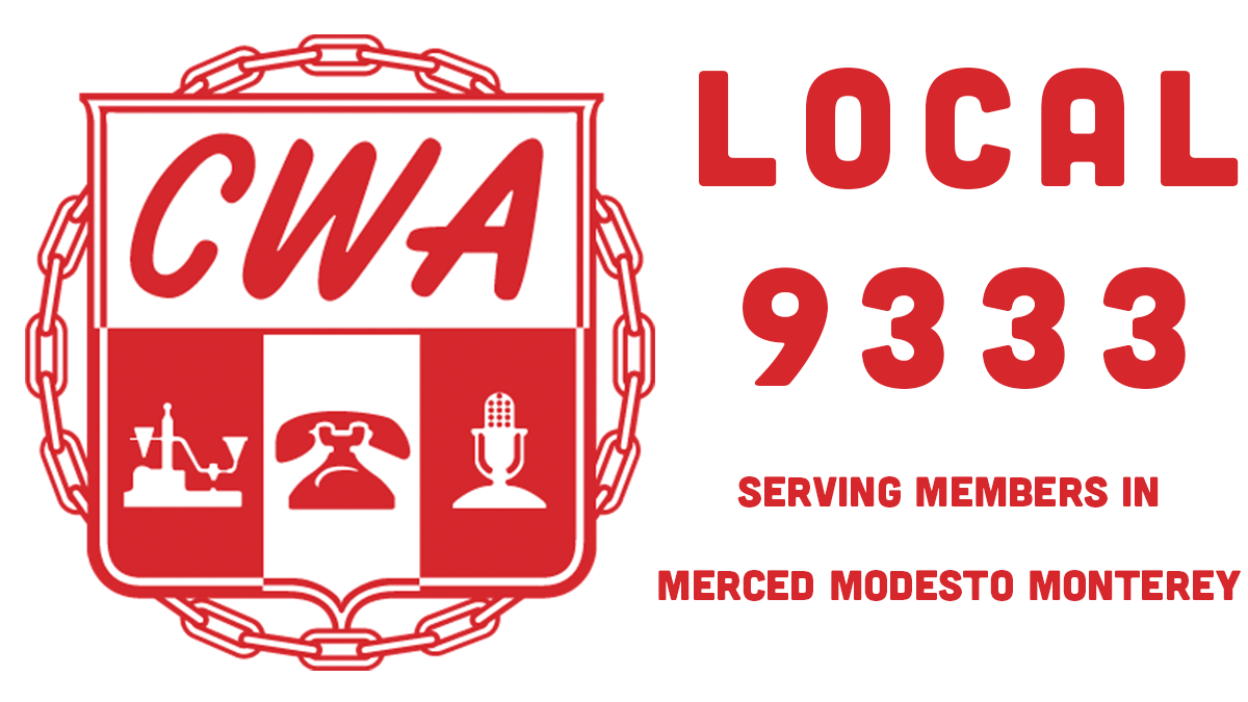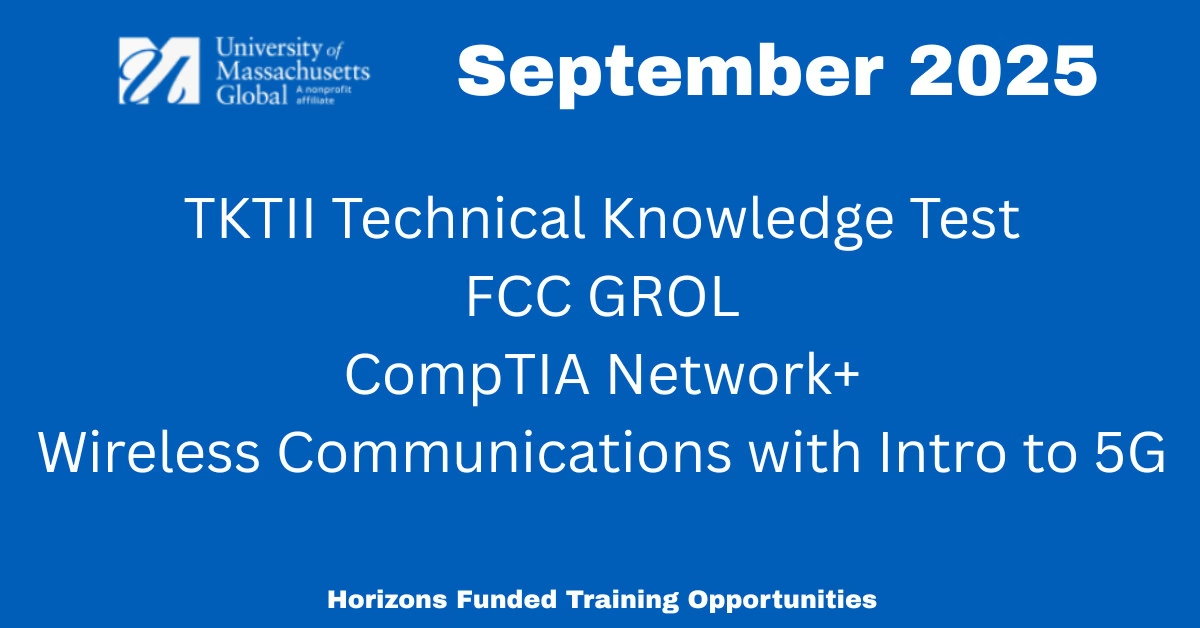The 2020 to 2024 AT&T Wireline contract has officially expired. We have not extended the contract. We are currently working with NO contract in place. We need to utilize strike and picketing action and strategies to let AT&T know that CWA District 9 employees mean business.

Which option we pursue is a strategic decision that must be made by the elected bargaining committee. The bargaining committee evaluates the different options by asking two simple questions: “will it change the employer’s response?” and “will the membership support the strategy?”
Keeping the employer in doubt as to which options we will pursue is a conscious strategy which greatly strengthens our position. The employer cannot effectively predict the union’s action, and therefore, plan for it.
If the employer knows that the option the union is considering is to strike, the employer gains a great deal of power and con- trol over the situation. This is because the employer can plan for a strike and perhaps even force a strike.
Predictable players are the easiest to beat. In any context, the player who can anticipate his/her opponent’s next move has the greater advantage. The more options we have at ex- piration of our contract, the stronger we are, and the more difficult it is for the employer to plan.
We increase our options at expiration by having a mobilized (through workplace structure and education) membership that understands and can carry out different strategies.
Working beyond the expiration of the contract can take two forms. One, we can agree with management to extend the contract and continue to work with all contract provisions in effect. Or, two, we can continue to work after expiration with- out a contract.
If we have a disciplined, mobilized membership which can implement inside tactics/work to rule, as well as external pressure tactics, continuing to work after the expiration of the contract can put more pressure on the employer than a strike—especially in the short term. In addition, it keeps the strike option available to us.
If the union decides to continue to work without a contract and fight for bargaining objectives while continuing negotiations, the following would occur:
- Members continue to earn paycheck
- All benefits, including health care and pension remain in effect
- Grievance procedure continues but arbitration may not; disciplinary action can be negotiated at the bargaining table
- Negotiations continue
- Unilateral changes in terms and conditions of employment would be an unfair labor practice
- Maintain right to participate in “concerted activity”(group activities for ‘mutual aid or protection’ are protected under the law even without a contract)
- Payroll deduction of dues may end
- Company has right to lock out employees; locked- out employees can’t be permanently replaced; in many states, members may be eligible for unemployment benefits
- Continue to have strike option
STRIKE STRATEGY
Gone are the days when we utilized a strike or the threat of a strike as the only means of increasing our power at the bargaining table. If we do utilize a strike or strike threat, we need to view it as a continuation of the mobilization process. We often view a strike emotionally, feeling that a strike is our way of teaching management to respect us. Strikes driven by emotion can become suicide missions.
However, as long as we understand what we are facing, in the right circumstances a strike can be an effective means of achieving those objectives. The strategy we choose needs to be one that is most appropriate at a given point in time to achieve our goals and build our union.
A strike will fail if its only tactic is a picket line. The problem with confronting an employer solely on the picket line at the workplace is that this is where most employers are strongest and unions may be the weakest. The challenge for labor is to find ways to move the strike to other fronts where workers can be more effective in their picketing and other strike support activities. One of the drawbacks of picketing, in any strike, is the essentially static nature of walking the line at your own workplace. At best, union members can only occasionally block managers or scabs from entering a plant or office and then usually for only a brief period of time. At worst, pickets are reduced to hollering at the people who cross the lines and watching as police and security guards provide protection for strikebreakers.
In past strikes we have tended to picket only at our work locations, but recent events have taught us the effectiveness of having pickets “follow the work.” CWA has used roving picketers in strikes with success. They followed trucks out of the garage in the morning and set up picket lines each time the truck stopped and the scab tried to work.
A variation on the mobile picketing is the so-called “wake- up call party.” These early morning gatherings, sometimes involving several hundred strikers, are organized at motels housing independent contractors from out of state who are doing work during the strike.
The sudden presence outside the scabs’ doors at 6 a.m. or the blaring horns of a 200-car caravan driving through the motel parking lot, generally makes a point—to contractors, other guests, and motel managers. Such wake-up calls have led some hotels to request the scabs stay elsewhere.
- There are three strategies at contract expiration:
- 1. Settle
- 2. Continue to work beyond expiration (with/ without contract) 3. Strike
- Predictable players are the easiest to beat. The more options we have, the stronger we are.
- Continuing to work after contract expiration can put more pressure on the employer than a strike and keep strike options alive.
- Inside tactics/work-to-rule requires a disciplined and mobilized workforce.




